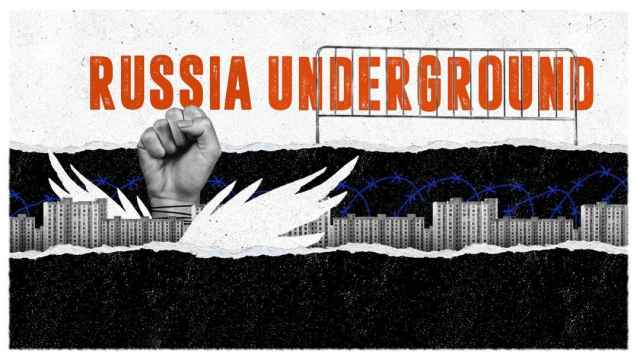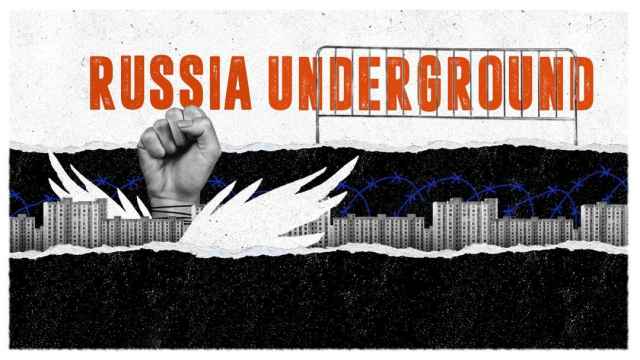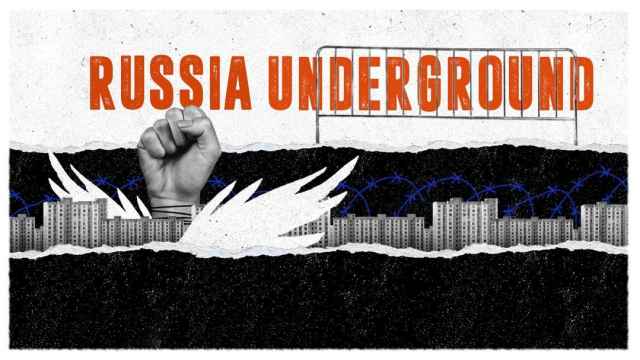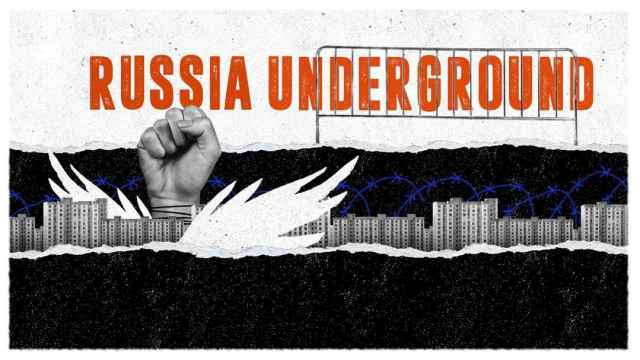Месяц: moon, month
I must admit that I don’t think much about calendars or dates or months. They just are. 365 days in a year (except leap year), 12 months, a little rhyme to remember which months have 30 days and which have 31. That’s it.
Of course, I’m wrong. Today’s calendar is more or less agreed upon (with a few exceptions, especially among religious communities) to facilitate understanding and, more importantly, commerce and interstate relations. You need to be sure you know when your shipments of widgets are arriving to meet the boats —or when a head of state will arrive so you can polish the silver and bring out the band.
But it wasn’t always that way. In old Russia people lived by their own calendar for centuries. For the Slavic tribes, the new year began in March with the new life of spring. This practice continued well into the 12th and 13th centuries in many places while at the same time the Byzantine calendar began on September 1.
It must have been a scheduling nightmare as scribes from Byzantium or monks living in Ephesus wrote their counterparts in Muscovy to set up a visit. На новый год приедете? На какой? (You’ll be here for New Year’s? Which one?)
Finally in 1492, Grand Prince Ivan III (Ivan the Great, not the Terrible) threw in the towel with Byzantium and moved New Year’s Day to Sept. 1.
But there was another problem: the year. It was first figured from the creation of the world, which by what we call now 1699 was only 7208. By then Europe was starting the year in January, not September or March. Peter the Great, who had traveled all over Europe and realized the benefit of a unified system, decreed that December 19, 7208 would become January 1, 1700, and that henceforth January 1 would be the start of every new year.
So the year 7208 was the shortest year in Russian history, lasting from September 1 through December 31.
That problem was solved, but there remained the issue of months. For one thing, the word месяц meant moon, and a month was, well, a moon — that is, the period from moon to moon. For another, there were lots of names for each month depending on what part of what is now Russia people lived in. In general, the names of months described the weather or natural world during each 30-ish day period.
Once the Slavic tribes were baptized, their educated monks and leaders, both secular and religious, had much more contact with counterparts all over Europe and to the south and east. Those folks used the names of months in the Julian calendar, which were based on the names of Greek and Roman gods and numbers. Over time, Slavic scribes, travelers, monks and state officials began to use these new-fangled month names, despite how odd they sounded. They were also spelled in many different ways. Here is one list, January to December: януарий, фебруар, марот, априль, май, иунь, нуль, аугуст, сентемврий, октемврий, новембар, декембар.
Apparently the scribes and writers corresponding with foreigners, or sometimes each other, often used both the foreign names of months and their own more lyrical names, for example, someone might write: месяц октемврий рекше листопадъ (the month of October, that is, leaf-fall).
And then, over the centuries, the foreign month names got Russified – януарий became a more recognizable word январь, аугуст was turned into the more pronounceable август, and so on.
And those lovely, evocative, lyrical original names were no longer used and almost forgotten in Russian.
But if we were living about a thousand years ago in land that would become Russia, we’d call the month of June (июнь) изок. One source states that this month went from the end of May through the first half of June and described the main feature of that period: bugs. This seems like a bit of armchair etymology, but apparently изок meant “bug-eyed): из (from, out) + око (eye), and referred to the цикады (cicadas) and кузнечки (grasshoppers) that filled the fields. In the lands now Ukraine and Belarus, the folks have kept their old month names. Since they are farther to the south, they had a slightly different problem: larvae (черви). In Ukrainian June is червень and in Belarusian it’s чэрвень.
In other parts of what would become Russia, the month was called кресень or кресник, from an old word that meant solstice and/or the fire lit on the eve of St. John the Baptist Day (день Ивана Купала); хлеборост (the time when grain grows); or светозар (the light from heat lightening); or земляничник (the time of field strawberries). Sources I can’t confirm give more names: разноцвет (multicolored, from the displays of flowers) and млечень (milky, from the white nights; млечный путь is the Milky Way).
July (июль) up north in Russia was called червень, for all those caterpillars and larvae that already made farmers crazy in the south the month before. This month went from mid-June to mid-July. It seems like the big agricultural event of the month was the flowering of the linden trees (липа), so the month was also called липец or липень; in Ukrainian today it’s липень and in Belarusian it’s лiпень. This was the peak of summer, so the month was also called макушка лета (literally the top of summer’s head) or средонетье (midsummer). It also had names that described typical weather: жарник (from жара, heat) and грозник (from гроза — thunderstorm) and громовик (from гром — thunder). Or it was named for the heavy workload in the fields: страдник (suffering time); сенозарник (the time when the hay ripens); сеностав (the time when the hay is piled) or сенокосник/сенокосец (the time when the hay is cut).
The final month of summer (August — август), which stretched from mid-July to mid-August, was заревь, which Fasmer defines in his etymological dictionary as a derivation of the verb реветь (cry), what cows and other domestic animals do when they are in heat. Other dictionaries connect it with, well, heat of a different kind — зарница (heat lightning) and the month was also called заревник, зарничник, зарник, зарничек.
Of course, to the south the harvest was already being taken in, and so in Ukraine the month is серпень (from the word for sickle, серп) and in Belarus it’s жнiвень (reaping, жатва). This time of year was also called венец лета (the wreath or crown of summer); or the time when everything was густо (abundant): густоед, густарь; or the most generous time of the year: хлебосол, щедрень. It was also time to get working in the summer kitchen: припасиха (from припас, provisions) or собериха (from собирать, take in, gather up).
This week marks the true макушка лета (top of summer) and день Ивана Купала (St. John the Baptist Day). Time to jump over some bonfires!
A Message from The Moscow Times:
Dear readers,
We are facing unprecedented challenges. Russia's Prosecutor General's Office has designated The Moscow Times as an "undesirable" organization, criminalizing our work and putting our staff at risk of prosecution. This follows our earlier unjust labeling as a "foreign agent."
These actions are direct attempts to silence independent journalism in Russia. The authorities claim our work "discredits the decisions of the Russian leadership." We see things differently: we strive to provide accurate, unbiased reporting on Russia.
We, the journalists of The Moscow Times, refuse to be silenced. But to continue our work, we need your help.
Your support, no matter how small, makes a world of difference. If you can, please support us monthly starting from just $2. It's quick to set up, and every contribution makes a significant impact.
By supporting The Moscow Times, you're defending open, independent journalism in the face of repression. Thank you for standing with us.
Remind me later.






